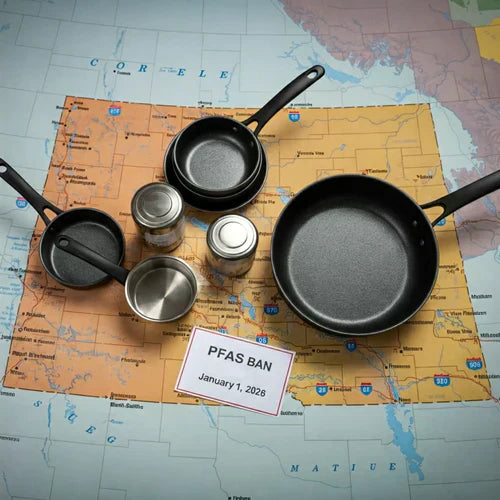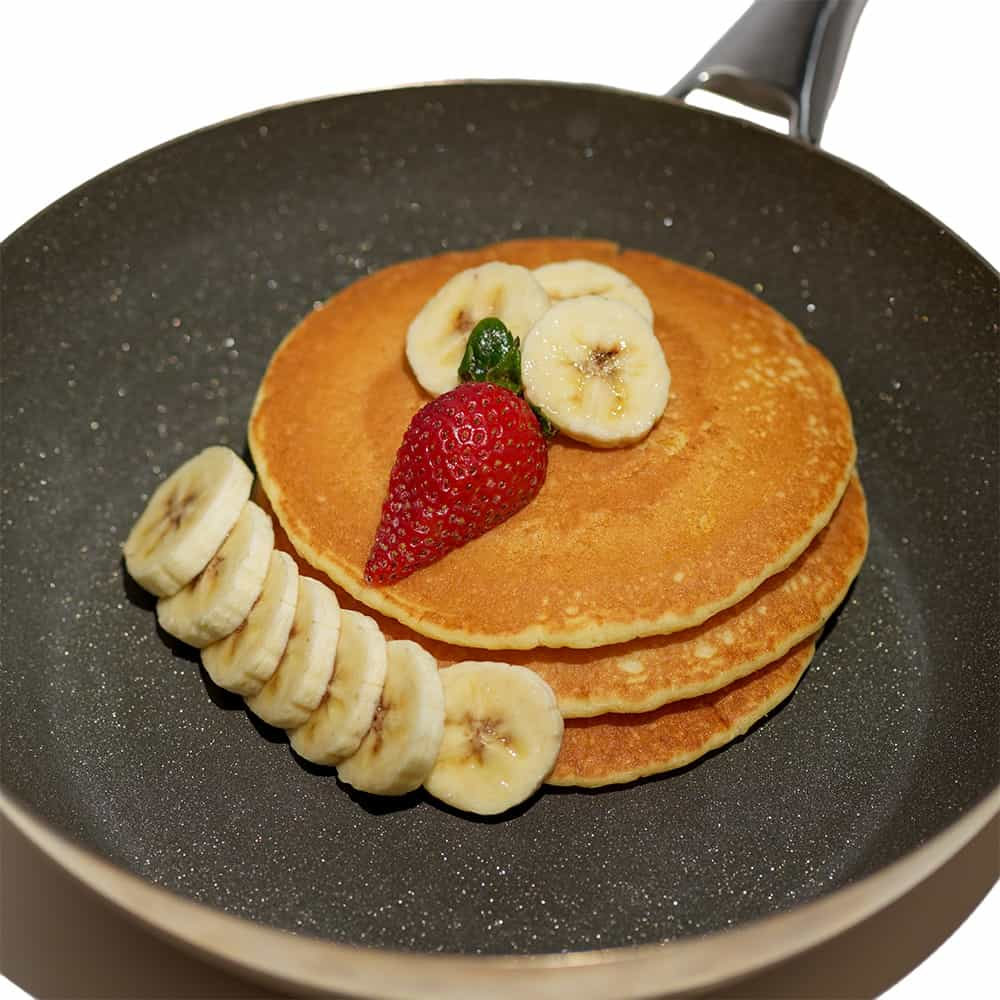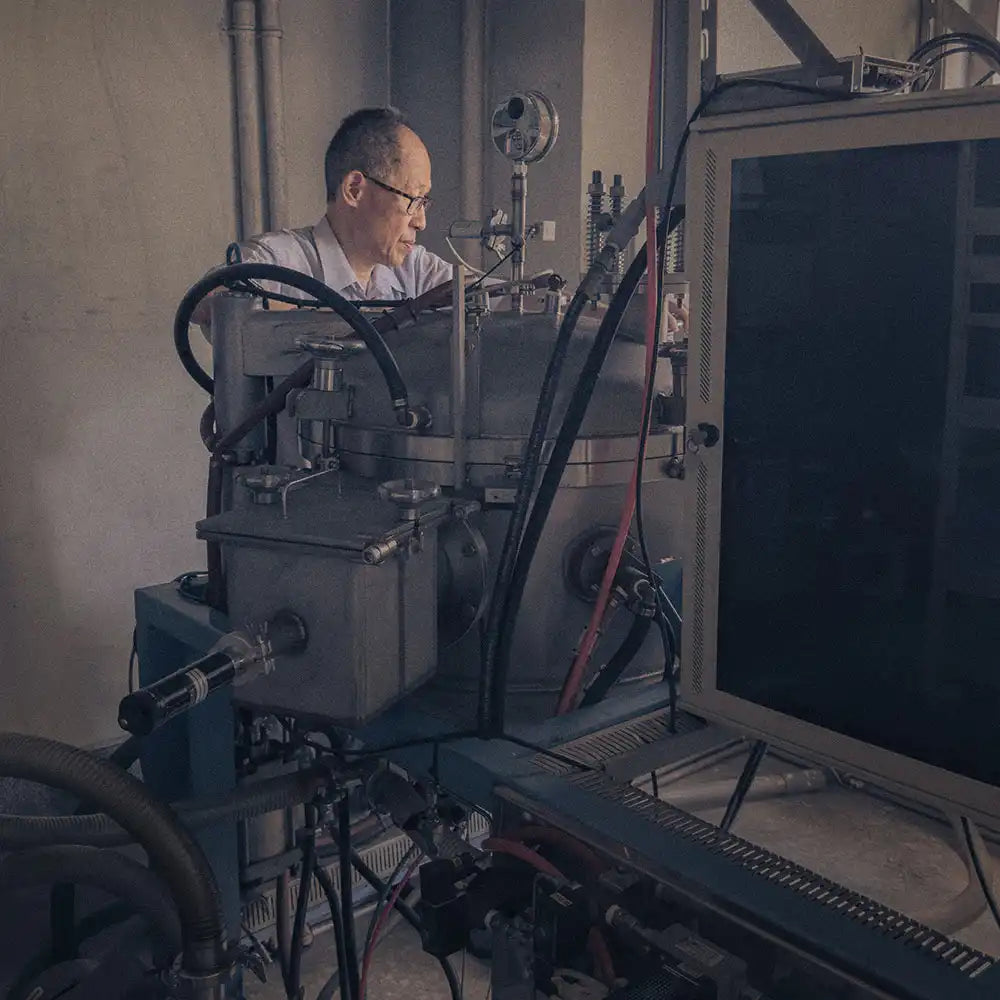1. What Are PFAS, and Why Is Colorado Banning Them?
PFAS (Per- and Polyfluoroalkyl Substances) are synthetic chemicals used for their water- and grease-resistant properties. Dubbed “forever chemicals,” they accumulate in our bodies and environment, resisting breakdown for decades. Colorado’s 2026 ban targets cookware with intentionally added PFAS—a response to mounting evidence linking them to:
- Immune system suppression
- Elevated cholesterol and liver damage
- Reproductive issues and developmental harm in children
- Increased cancer risk

Timeline to Know:
- Jan 1, 2024: PFAS labeling required on cookware.
- Jan 1, 2026: Full ban on sales of PFAS-containing cookware.
Colorado prioritizes public health, prompting manufacturers to innovate safer alternatives.
2. How to Spot PFAS in Your Kitchen
PFAS lurk in nonstick pans labeled “Teflon™” or “PTFE-coated.” Check for:
- Worn, scratched, or flaking surfaces.
- Products lacking “PFAS-Free” certifications.
- Labels listing “fluoro” or “perfluoro” ingredients.
Why It Matters:
Cracked or deteriorated Teflon pans may shed small flakes or microparticles when heated. Even “PFOA-free” labels don’t guarantee safety—many newer PFAS variants pose similar risks.
3. The Hidden Risks of “Safer” Alternatives (Like Ceramic)
Ceramic nonstick pans are often marketed as PFAS-free, but they come with trade-offs:
- Short Lifespan: Loses nonstick properties within months.
- Eco-Unfriendly: Frequent replacements create waste.
4. PFAS-Free Cookware Options: Pros, Cons, and What Works Best
| Cookware Type | Pros | Cons |
|---|---|---|
| Cast Iron | Durable, naturally nonstick when seasoned. | Heavy, requires maintenance. |
| Stainless Steel | Versatile and rust-resistant. | Steep learning curve for sticking. |
| Carbon Steel | Lightweight, excellent heat retention. | Prone to rust if unseasoned. |
| Vacuum-Brazed Diamond Cookware | Diamonds fused to the surface create a naturally slick layer. Scratch-resistant, heats evenly, and lasts decades. | Higher upfront cost, but outperforms others long-term. |
The Clear Winner? While traditional options work, vacuum-brazed diamond cookware eliminates the “nonstick vs. durability” dilemma—no PFAS, no flaking, no frequent replacements.
5. Why Vacuum-Brazed Diamond Cookware Stands Out
Imagine a pan that combines the ease of nonstick with the longevity of stainless steel. Vacuum-brazed diamond cookware achieves this by bonding diamonds to the surface at a molecular level, offering:
- Zero PFAS: Safe at high heats.
- Unmatched Durability: Resists scratches and metal utensils.
- Eco-Friendly: Decades of use reduce kitchen waste.
Perfect for Colorado families seeking a worry-free upgrade.
6. FAQs: Your PFAS Ban Questions, Answered
Q: How do I dispose of old PFAS-coated pans?
A: Check local recycling programs—many accept metal cookware.
Q: Are ceramic pans safe?
A: They’re PFAS-free but may degrade quickly. Opt for brands with third-party heavy-metal testing.
Q: What’s the best durable nonstick option without PFAS?
A: Vacuum-brazed diamond cookware outperforms others in longevity and safety.
7. How to Transition Smoothly to PFAS-Free Cookware
Switching out old Teflon pans or ceramic alternatives might seem daunting, but it doesn’t have to be. To make the process smoother and reduce waste:
- Audit Your Cookware: Identify which pans are scratched or peeling. These are the highest priority for replacement.
- Research PFAS-Free Labels: Look for certifications or clear statements indicating no intentionally added PFAS.
- Phase in Replacements: Replace your most frequently used pans first with a trusted PFAS-free brand rather than tossing everything at once.
By phasing out your cookware thoughtfully, you can maintain a functional kitchen while aligning with the upcoming Colorado regulations.
8. What Is Vacuum Brazing and Why Does It Matter?
 Vacuum brazing is an advanced manufacturing process that uses high temperatures in a controlled vacuum environment to bond materials—like diamond particles—to a metal base. The result is a seamless, ultra-strong bond that won’t chip or flake like traditional nonstick coatings. Some key benefits include:
Vacuum brazing is an advanced manufacturing process that uses high temperatures in a controlled vacuum environment to bond materials—like diamond particles—to a metal base. The result is a seamless, ultra-strong bond that won’t chip or flake like traditional nonstick coatings. Some key benefits include:
- Precise Heat Distribution: The vacuum-brazed layer ensures even cooking temperatures.
- High-Temperature Tolerance: Unlike PTFE or ceramic coatings, vacuum-brazed surfaces can handle high heat without releasing fumes.
- Long-Lasting Performance: Expect decades of consistent performance when cared for properly.
This next-generation process is the secret behind diamond cookware’s durability and nonstick capabilities, making it a top contender for those seeking PFAS-free kitchens.
9. Understanding the Environmental Impact of PFAS-Free Cookware
Choosing PFAS-free cookware, particularly those made through sustainable processes like vacuum brazing, offers multiple environmental benefits:
- Reduced Chemical Pollution: Fewer “forever chemicals” end up in landfills and water supplies.
- Less Waste Over Time: High-quality, long-lasting cookware needs to be replaced less often, reducing overall consumption and waste.
- Lower Carbon Footprint: Durable cookware that lasts for years or even decades lowers the energy and resources used in production and shipping.
By opting for eco-friendly cookware, you’re not just safeguarding your health but also contributing to a cleaner planet.

 Are your favorite nonstick pans hiding dangerous “forever chemicals”? Starting January 1, 2026, Colorado will ban PFAS in cookware—a move that could leave many scrambling to replace their trusty pans. These chemicals don’t just linger in the environment; they’ve been linked to serious health concerns. Let’s unpack what this ban means for your kitchen and how to choose safer, long-lasting alternatives.
Are your favorite nonstick pans hiding dangerous “forever chemicals”? Starting January 1, 2026, Colorado will ban PFAS in cookware—a move that could leave many scrambling to replace their trusty pans. These chemicals don’t just linger in the environment; they’ve been linked to serious health concerns. Let’s unpack what this ban means for your kitchen and how to choose safer, long-lasting alternatives.

